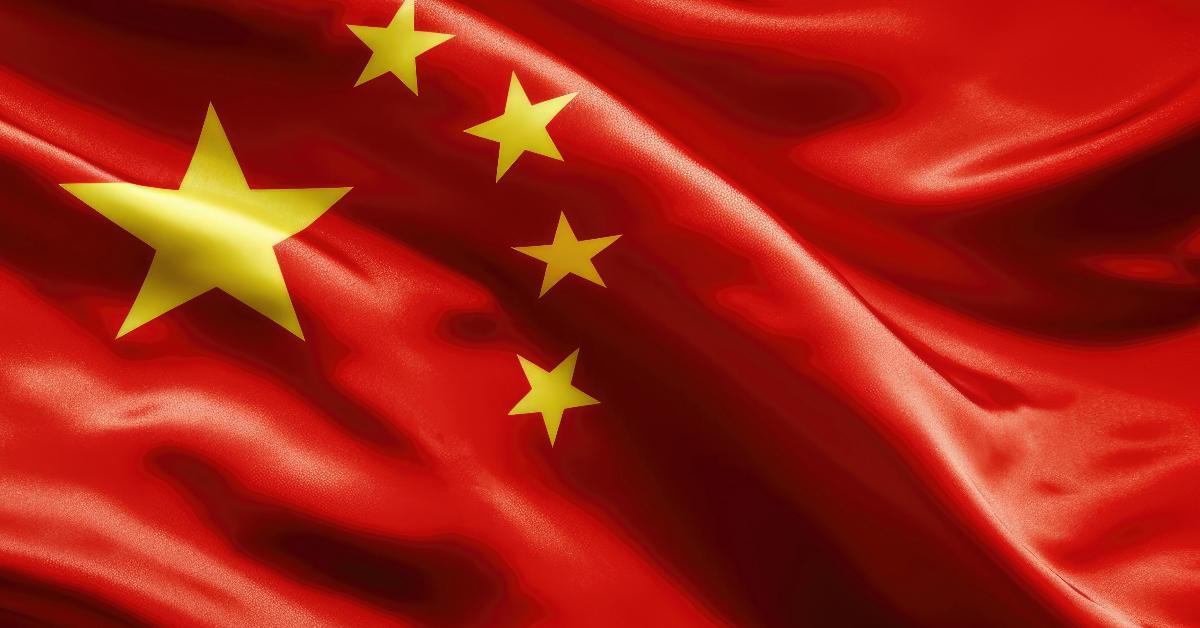In March, at the National People’s Congress, Beijing set its annual gross domestic product (GDP) growth target. Since 1985, in every year but one, China has met or exceeded its official projections, raising doubts about whether or not Beijing’s claims of rapid growth can be believed. The New York Federal Reserve issued a report in 2020 that challenged the numbers, saying that China’s GDP growth chart was too smooth for the data to be authentic.
Typical of a communist system, the central government’s growth target is divided up and assigned as quotas for provincial governments, who in turn set quotas for local governments, and so on down the line. Politicians who fail to meet quotas can expect negative consequences so they are incentivized to lie, pumping up the numbers. The reports are inflated at each level until they no longer reflect reality by the time they reach the top. China’s National Bureau of Statistics knows this and uses a 5 percent deflator to adjust the reported numbers down. This single fact proves that China’s official GDP values are based on falsified data. Additionally, there is no evidence that the 5 percent reduction brings the numbers back to reality. Neither does it explain why China’s GDP growth hits the target year after year.
Last month, China’s former premier—the man who used to be in charge of the economy—Li Keqiang passed away. Having a PhD in economics, he knew the importance of free markets and wanted to liberalize the economy, prioritizing the private sector. However, he never managed to have a great impact or make historic changes to the economy because Xi Jinping seized control of the economy, taking all power from the premier. For foreign economists, though, Li’s greatest achievement is one that most people in China are unaware of, one that cannot be discussed or published in the country: the Li Keqiang Index.
According to WikiLeaks, Li stated, “GDP figures are ‘man-made’ and therefore unreliable.” Consequently, he used proxy data to attempt to quantify the economy. Li’s approach relied on three key indicators: electricity consumption, railway cargo volume, and bank lending. His rationale was that if electricity usage was up, then the factories must be working. The same is true of rail cargo if the trains are busy taking products to distributors and seaports. Finally, the volume of bank lending suggests how many new factories or expansions of existing businesses are being undertaken.
In 2014, the Chinese government claimed a 7.5 percent GDP growth, but Citibank economists had their doubts. The bank decided to apply the Li Keqiang Index with these specific weightings: railway freight traffic (25 percent), electricity consumption (40 percent), and medium—and long-term loans (35 percent). Sure enough, the index suggested that the GDP growth was much lower than Beijing’s claims. Citibank then looked at other proxies, such as commodity prices. China alone accounts for such a significant percentage of world demand for commodities that increased industrial and construction activity in China drives up world prices. However, in 2014, those prices were coming down.
The Li Keqiang Index is a good jumping-off point, but Western economists have added other elements of consideration, such as nighttime lights measured by satellites. Nighttime lights have been used, at least informally, in the past. It is common, when describing the difference in wealth between North and South Korea, to mention the fact that North Korea is nearly dark at night while South Korea is brilliant. Other data used are “retail sales, floor-space construction newly started, real estate investment, air passenger traffic, and exports.” This data can be corroborated with data from outside of China, such as real Chinese imports as reported by exporting countries.
A University of Chicago paper found that growth claims by autocracies were on average 35 percent larger than growth estimated by nighttime lights. For China specifically, the official data is believed to have been off by about a third. Four economists conducting a forensic investigation of Chinese GDP claims found that Beijing had falsified the data by an average of 1.7 percentage points per year. Using 2008 as a base year, they determined that, by 2018, the Chinese GDP had been overstated by a cumulative 20 percent.
For Beijing, this discrepancy is important because Xi Jinping has set a goal of exceeding the nominal GDP of the United States by 2049. That objective will now be delayed. For the common Chinese citizen, a smaller GDP means a smaller per capita GDP. The official per capita GDP is $12,556 per year, or more than $1,000 per month. Given the adjusted GDP numbers, China’s per capita GDP will not exceed that of the US until 2076.
The assumption that China’s per capita GDP is lower than Beijing’s claims seems very likely given the low salaries many Chinese receive. The country’s highest minimum wage is in Shanghai, where it is $370 per month. Other major cities and regions have minimum wages closer to $270 a month while the lowest is in Liaoning, where it is $195. According to official data, urban salaries are more than double rural salaries. An estimated 295 million rural dwellers have migrated from the countryside to the cities to take factory jobs. This represents nearly half of the country’s labor force.
The central government believes it controls the economy, but Li Keqiang proved that all they control is the reporting of the economy. The Chinese Communist Party can order falsified results, but they are powerless to change the underlying realities or force the numbers to add to a desired sum.



























